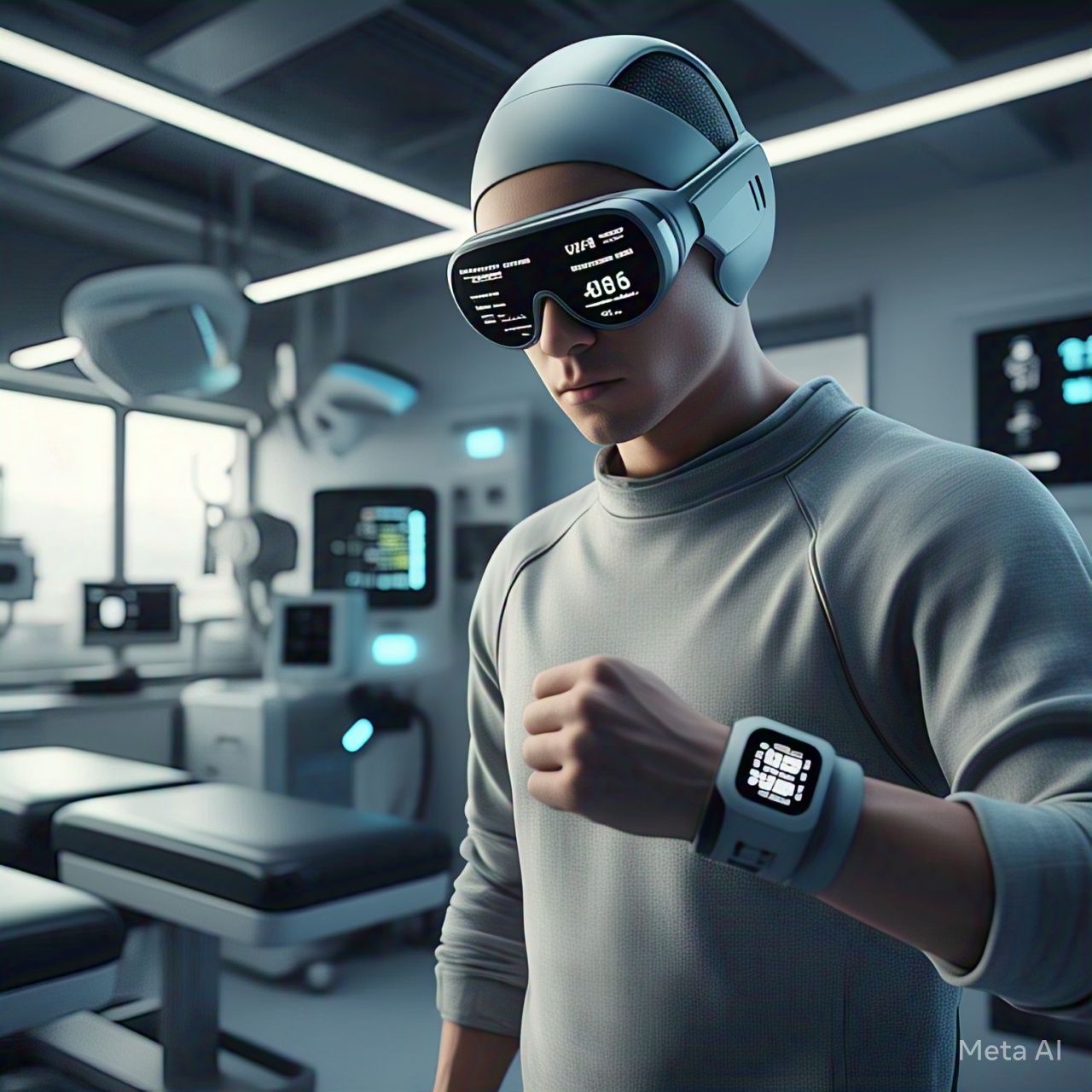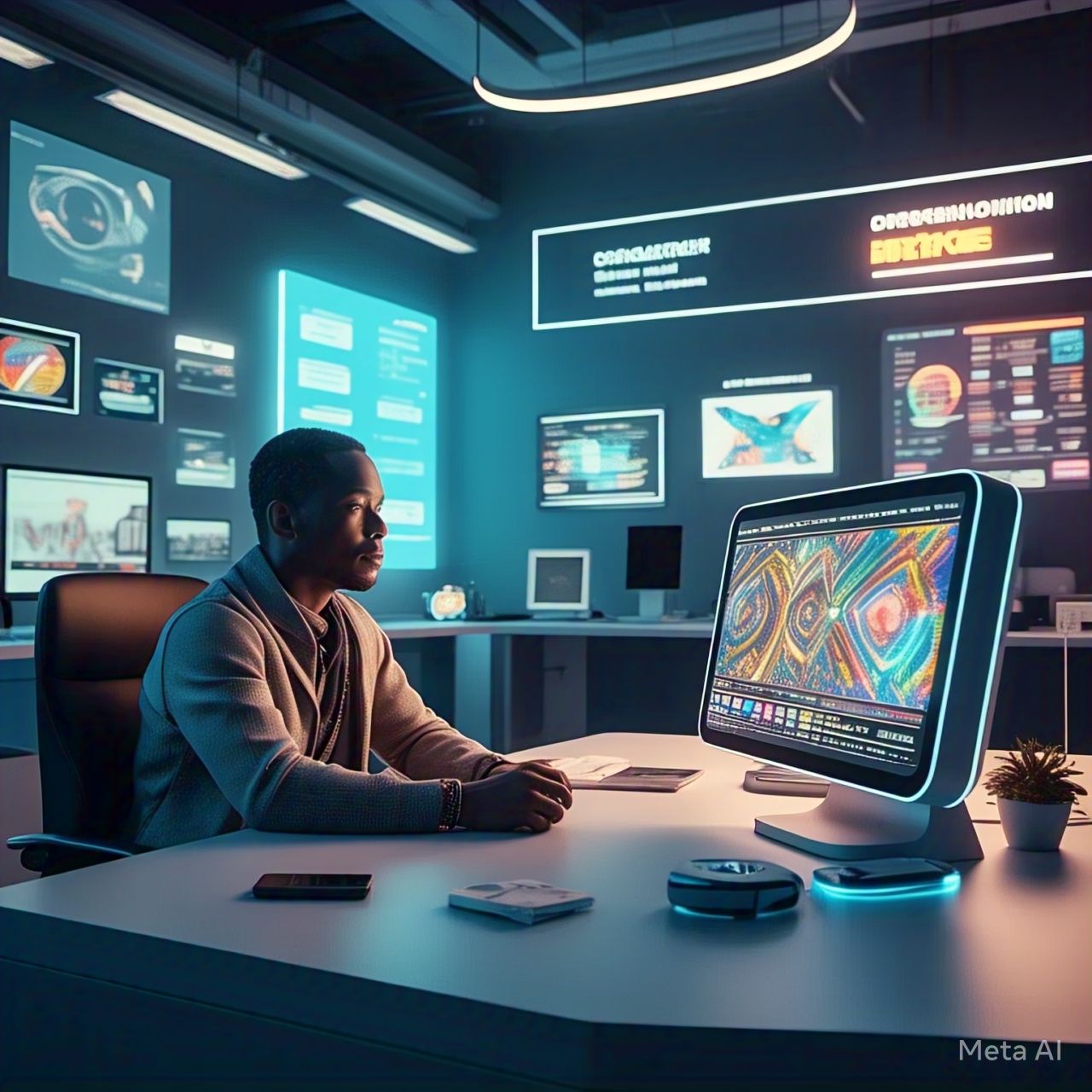Table of Contents
- Introduction
- Understanding Wearable IoT Devices
- Applications of Wearable IoT in Healthcare
- Real-time Health Monitoring
- Chronic Disease Management
- Remote Patient Monitoring
- Fitness and Wellness Tracking
- Benefits of Wearable IoT Devices in Healthcare
- Enhanced Patient Engagement
- Improved Diagnosis and Treatment
- Cost-effective Healthcare Solutions
- Data-driven Decision Making
- Challenges of Wearable IoT in Healthcare
- Data Privacy and Security Concerns
- Battery Life and Device Reliability
- Integration with Existing Systems
- Regulatory and Compliance Issues
- Future Trends in Wearable IoT for Healthcare
- Conclusion
- FAQs
1. Introduction
The healthcare industry is undergoing a transformation with the integration of wearable Internet of Things (IoT) devices. These devices, ranging from smartwatches to biosensors, enable continuous health monitoring and provide personalized insights. By leveraging real-time data analytics and connectivity, wearable IoT devices are redefining the way healthcare is delivered. This article explores the impact, benefits, challenges, and future trends of wearable IoT in healthcare.
2. Understanding Wearable IoT Devices
Wearable IoT devices are smart gadgets equipped with sensors that collect, analyze, and transmit health-related data. These devices sync with mobile apps or cloud platforms, allowing healthcare providers and users to track vital signs, physical activity, and overall well-being. Examples include fitness trackers, smart rings, ECG monitors, and even smart clothing embedded with biosensors.
3. Applications of Wearable IoT in Healthcare
3.1 Real-time Health Monitoring
Wearable devices continuously track physiological parameters like heart rate, blood pressure, oxygen saturation, and temperature. These real-time insights enable early detection of abnormalities, reducing the risk of serious medical conditions.
3.2 Chronic Disease Management
Patients with chronic conditions such as diabetes, hypertension, and cardiovascular diseases benefit from wearable devices that monitor glucose levels, blood pressure, and cardiac activity. These devices help in proactive disease management and improve treatment adherence.
3.3 Remote Patient Monitoring
Wearable IoT facilitates telemedicine by allowing doctors to monitor patients remotely. This is particularly useful for elderly patients, post-surgery care, and individuals living in remote areas.
3.4 Fitness and Wellness Tracking
Many individuals use wearable IoT for fitness tracking, monitoring steps, sleep patterns, and calorie intake. These insights help users adopt healthier lifestyles and achieve fitness goals.
4. Benefits of Wearable IoT Devices in Healthcare
4.1 Enhanced Patient Engagement
Wearable devices empower users to take control of their health by providing real-time data. Engaged patients are more likely to follow treatment plans and maintain a healthier lifestyle.
4.2 Improved Diagnosis and Treatment
By continuously collecting health data, wearable IoT helps doctors make accurate diagnoses and provide personalized treatment plans based on real-time insights.
4.3 Cost-effective Healthcare Solutions
Wearable technology reduces hospital visits and readmissions by enabling preventive care and remote monitoring, ultimately lowering healthcare costs.
4.4 Data-driven Decision Making
Healthcare providers can leverage wearable IoT data for predictive analytics, identifying potential health risks before they become critical issues.
5. Challenges of Wearable IoT in Healthcare
5.1 Data Privacy and Security Concerns
As wearable devices collect sensitive health data, ensuring data encryption and compliance with privacy regulations (such as HIPAA and GDPR) is crucial.
5.2 Battery Life and Device Reliability
Many wearable devices have limited battery life, requiring frequent charging. Additionally, device accuracy and durability remain concerns for long-term usability.
5.3 Integration with Existing Systems
Seamless integration of wearable data with electronic health records (EHRs) and healthcare systems is essential for effective utilization but remains a technical challenge.
5.4 Regulatory and Compliance Issues
The regulatory landscape for wearable IoT in healthcare is complex, with evolving standards for device approval, data usage, and interoperability.
6. Future Trends in Wearable IoT for Healthcare
- AI-powered Wearables: Integration of artificial intelligence (AI) for predictive analytics and personalized healthcare recommendations.
- 5G-enabled Devices: Faster data transmission and improved connectivity for real-time health monitoring.
- Smart Textiles and Implants: Advanced sensors embedded in clothing and implants for continuous health tracking.
- Blockchain for Data Security: Secure storage and sharing of health data using blockchain technology.
7. Conclusion
Wearable IoT devices are shaping the future of personalized healthcare by enabling real-time monitoring, early disease detection, and improved patient engagement. While challenges exist, advancements in AI, connectivity, and data security will further enhance the impact of wearable technology. As these devices become more sophisticated, they will continue to bridge the gap between healthcare providers and patients, making healthcare more efficient, accessible, and personalized.
8. FAQs
8.1 What are wearable IoT devices?
Wearable IoT devices are smart gadgets equipped with sensors that track health metrics and transmit data to connected devices or healthcare providers for real-time monitoring.
8.2 How do wearable IoT devices benefit healthcare?
These devices enhance patient engagement, improve diagnosis, enable remote monitoring, reduce healthcare costs, and support data-driven medical decisions.
8.3 Are wearable IoT devices secure?
Security is a concern, but advancements in encryption, blockchain, and compliance with privacy regulations help protect user data.
8.4 Can wearable devices replace traditional healthcare methods?
While wearable IoT devices enhance healthcare, they complement rather than replace traditional methods, providing additional insights for better treatment and prevention.
8.5 What is the future of wearable IoT in healthcare?
Future trends include AI-powered analytics, 5G connectivity, smart textiles, and blockchain-based data security to improve healthcare outcomes.
Table: Comparison of Popular Wearable IoT Devices in Healthcare
| Device Type | Features | Example Brands |
|---|---|---|
| Smartwatches | Heart rate, ECG, oxygen saturation monitoring | Apple, Samsung, Fitbit |
| Fitness Trackers | Step count, sleep analysis, calorie tracking | Garmin, Xiaomi, Fitbit |
| Smart Rings | Sleep tracking, heart rate monitoring | Oura, Motiv |
| ECG Monitors | Real-time ECG tracking, arrhythmia detection | AliveCor, Withings |
| Smart Clothing | Embedded sensors for movement & vitals tracking | Hexoskin, Nadi X |
Wearable IoT is revolutionizing healthcare, offering unprecedented levels of personalization and real-time insights. With continued innovation, these devices will play a crucial role in the future of healthcare delivery.




